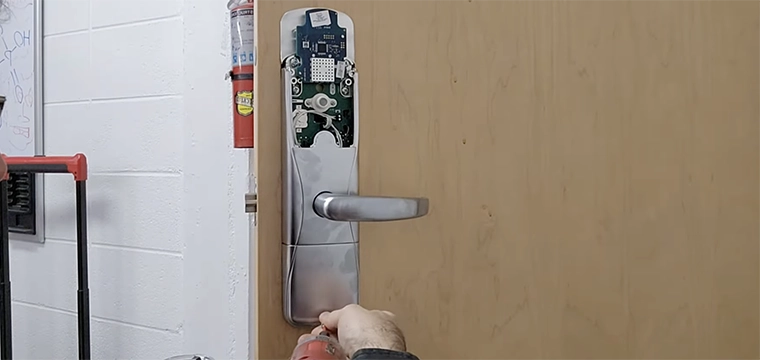 When shopping for an ID card printer, you’re liable at the outset to be hit with two choices: direct-to-card or reverse image transfer? Making an informed choice depends on what kind and how many cards you’re trying to print.
When shopping for an ID card printer, you’re liable at the outset to be hit with two choices: direct-to-card or reverse image transfer? Making an informed choice depends on what kind and how many cards you’re trying to print.
Direct-to-card (DTC) printing is the most common technology used in desktop ID systems to print images directly onto the surface of a plastic card. It does this by heating a special print ribbon beneath a thermal printhead, resulting in the transfer of color from the ribbon to a blank card.
With reverse image technology, the printer first prints images onto a special film that is then fused into the surface of a blank card through heat and pressure. Because the graphics and text are printed on the underside of the film, the image is “sandwiched” between the film and the card. This process produces excellent print quality, is durable, and provides the ability to print with a wide variety of card technologies and on many card types.
Both of these printing technologies share two printing methods: dye-sublimation and resin thermal transfer.
Dye-sublimation is the process used to print smooth, continuous-tones that bear photographic-like realism. This process uses a dye-based ribbon that is partitioned by a number of consecutive color panels. The panels are grouped in a repeating series of colors–cyan, magenta, yellow, and black (CMYK)–along the length of the ribbon. During printing, a printhead containing hundreds of thermal elements heats the dyes on the ribbon that vaporize and diffuse into the surface of either the card or the film. A separate pass is made for each of the different color panels. By combining the colors and varying the heat used to transfer them, the printer is able to produce up to 16.7 million colors.
Resin thermal transfer uses a single-color ribbon to print sharp black text and crisp barcodes that can be read by both infrared and visible-light scanners. This process uses the same thermal printhead as dye-sublimation; however solid dots of color are transferred rather than a combination of colors.
When you’re printing contact or contactless smart cards, the “printing technology of choice” is reverse transfer, says Fargo’s Steve Blake, vice president of product marketing.
Why? Smart cards have embedded chips. “Anything with electronics embedded in the card doesn’t always end up with a flat surface. A dye sub process … creates some issues (with print quality). By printing to reverse transfer film instead of the card surface itself, you have none of those problems. It’s very forgiving with electronic cards,” said Mr. Blake.
The dye sub process is also known as direct-to-card printing. As Mr. Blake explained it: the ribbon comes in direct contact with the card. “If you have a contact chip in a smart card, that chip is supposed to be flush to the card, but that’s not always the case. There might be a little ridge or bump and if the printhead contacts the chip on the card, it can blow a pixel out (on the printhead).” Then you have the costly problem of a damaged printhead that, in many cases, costs about half (or more) of the printer’s original purchase price to replace.
What’s more, a DTC printer can leave blotchy white spaces around the chip. You therefore end up with a bad card that you “have to throw away. That might be a $4 card so you’re damaging an expensive inventory item,” he said.
Reverse imaging technology, “really doesn’t care whether the card is smooth or not because the printhead is contacting the ribbon which contacts the film. The film is then attached to the card in a single pass through the printer,” said Mr. Blake. “The film can produce a much better image, the colors are truer, you have a higher resolution and a crisper, cleaner, truer look. It resembles a preprinted card that you get from a card manufacturing plant.”
Reverse imaging also makes it easier to produce secure cards equipped with a hologram. “Historically, holograms had to be put on by a lamination module attached to the printer,” explained Mr. Blake.
But reverse transfer film can be produced with an embedded holographic image. “You don’t need a laminator module. This is wonderful news for the middle and entry level (organization).”
“With smart card growth, people are telling us more and more that they want that high definition printing technology, but at an affordable price,” Mr. Blake said. Reverse image has become the technology of choice for both its superior image quality and its ability to print high-quality images on contact and contactless smart cards. In most cases, these printers cost more than their direct-to-card counterparts, though many printer professionals suggest that reductions in the total cost of ownership outweighs the additional upfront costs.




